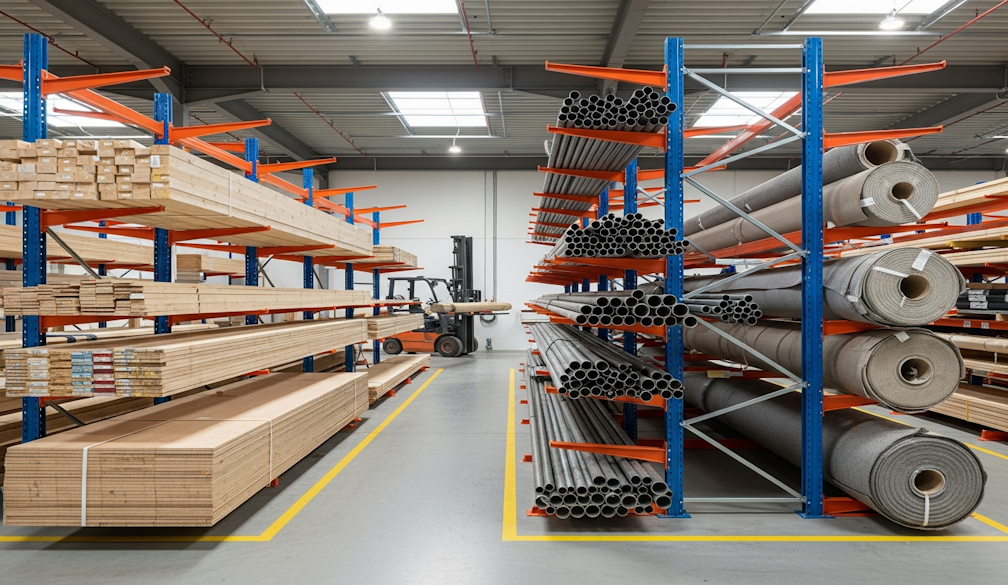'Gay gene' search reveals not one but many – and no way to predict sexuality
- Written by Brendan Zietsch, ARC Future Fellow, The University of Queensland

It has long been clear that a person’s sexual preference – whether they prefer male or female sexual partners, or both – is influenced by his or her genetic makeup. The most straightforward evidence for this is that sexual preference is more likely to be the same in identical twin pairs, whose genetic makeup is identical, than in non-identical twin pairs, who share only around 50% of their genetic makeup.
What has been elusive is knowledge of what specific gene, or genes, are involved. A 1993 study found male sexual preference was influenced by a particular gene on the X chromosome, which the media naturally dubbed the “gay gene”. But a later study did not replicate this finding, and subsequent follow-ups yielded mixed results.
Read more: Born this way? An evolutionary view of 'gay genes'
The problem was that these studies were too small to draw confident conclusions. There are millions of parts of our DNA that commonly differ between people. That means finding the genes associated with sexual preference is like finding a needle in a haystack.
So an international team of researchers, which I led, set out to tackle this problem. Our results are published today in Science.
Forceful approach
Our approach was simple: brute force. All else being equal, the larger a study, the more confident we can be in the results. So instead of sampling a few hundred or a few thousand individuals – as in previous genetic studies on sexual preference – we used a sample of nearly half a million.
To obtain such a large sample, we used data that had been collected as part of much broader projects. These included DNA data and responses to questionnaires from participants in the UK (as part of the UK Biobank study) and the US (as part of data collected from customers of the commercial ancestry firm 23andMe who consented to answering research questions about sexuality).
The downside of using these huge data sets was that the studies were not specifically designed to find genes for sexual preference, so we were limited by the questions participants happened to have been asked about their sexual behaviour. For both UK Biobank and 23andMe, participants reported whether they had ever had a same-sex sexual partner.
A person’s DNA essentially consists of millions of letters of code, and the letters differ among different individuals. So, to make a complicated story short, the next step was to test at every DNA location whether one letter was more common in participants who reported any same-sex partners than in those who reported only opposite-sex partners.
Not one gene but many
What we found is that there is no one “gay gene” – instead, there are many, many genes that influence a person’s likelihood of having had same-sex partners.
Individually, each of these genes has only a very small effect, but their combined effect is substantial. We could be statistically confident about five specific DNA locations; we could also tell with high confidence that there are hundreds or thousands of other locations that also play a role, although we couldn’t pinpoint where they all are.
Participants in the 23andMe data set answered questions not only about their sexual behaviour, but also attraction and identity. Taking all the genetic effects in combination, we showed that the same genes underlie variation in same-sex sexual behaviour, attraction, and identity.
Some of the genes that we could be sure about gave us clues about the biological underpinnings of sexual preference. One of those genes, as well as being associated with same-sex sexual behaviour in men, was also associated with male pattern balding. It is also near a gene involved in sexual differentiation – the process of masculinisation and feminisation of biological males and females, respectively. Sex hormones are involved in both baldness and sexual differentiation, so our finding implies that sex hormones may be involved in sexual preference too.
Other findings further reinforced the extreme complexity of the biology underlying sexual preference. First, genetic influences only partly overlapped in males and females, suggesting the biology of same-sex behaviour is different in males and females.
Second, we established that, on the genetic level, there is no single continuum from gay to straight. What’s more likely is that there are genes that predispose to same-sex attraction and genes that predispose to opposite-sex attraction, and these vary independently.
Because of the complexity of the genetic influences, we cannot meaningfully predict a person’s sexual preference from their DNA – nor was this our aim.
Possible misinterpretations
Scientific findings are often complex, and it is easy for them to be misrepresented in the media. Sexual preference has a long history of controversy and public misunderstanding, so it is especially important to convey a nuanced and accurate picture of our results.
But people tend to want black-and-white answers about complex issues. Accordingly, people may react to our findings by saying either: “No gay gene? I guess it’s not genetic after all!” or “Many genes? I suppose sexual preference is genetically fixed!” Both of these interpretations are wrong.
Read more: Differences between men and women are more than the sum of their genes
Sexual preference is influenced by genes but not determined by them. Even genetically identical twins often have completely different sexual preferences. We have little idea, though, what the non-genetic influences are, and our results say nothing about this.
To answer further questions the public might have about the study, we created a website with answers to frequently asked questions, and an explanatory video. In developing this website we drew on feedback from LGBTQ outreach and advocacy groups, dozens of LGBTQ rights advocates and community members, and workshops arranged by Sense about Science where representatives of the public, activists, and researchers discussed the results of the study.
Authors: Brendan Zietsch, ARC Future Fellow, The University of Queensland



















